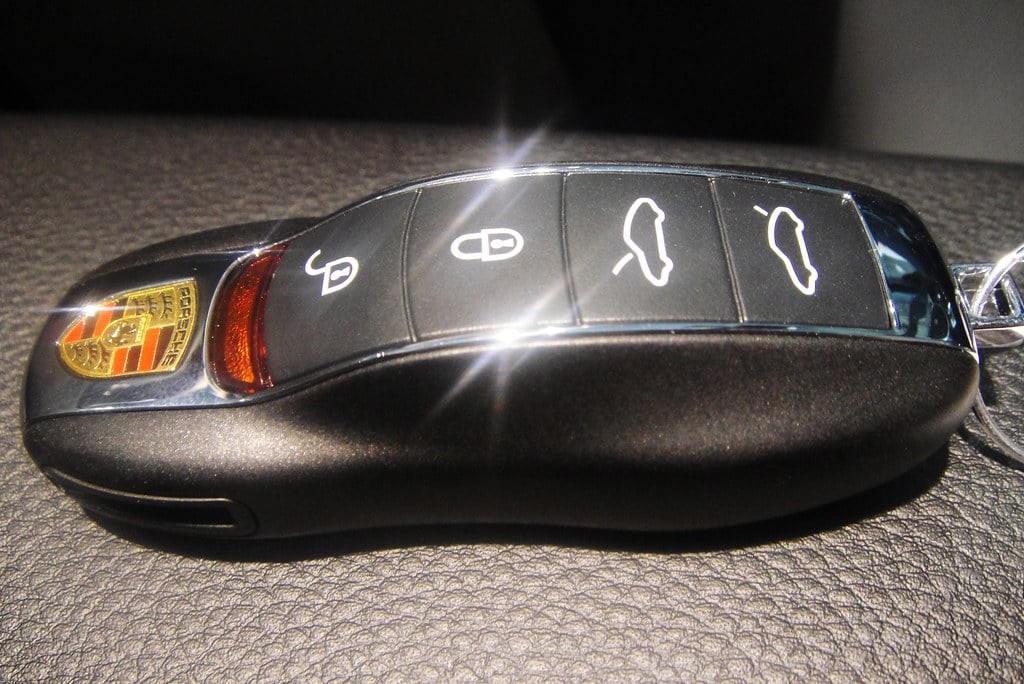Car remote fobs are indispensable for modern vehicle owners, offering convenient control over car doors, alarms, trunks, and even ignition from a distance. These electronic keys, however, can sometimes lose their programming due to signal issues or battery changes. Fortunately, in many cases, you can reprogram your car remote fob yourself without needing to visit a mechanic or car dealership. This guide will walk you through the general steps to reprogram your car remote fob, helping you regain control and convenience.
Before we dive into the steps, it’s crucial to understand that while these instructions provide a general approach, specific procedures can vary significantly depending on your car’s make, model, and year. Always consult your vehicle’s owner’s manual for the most accurate and manufacturer-recommended method for programming your car remote fob. You can often find a digital version of your manual online if you don’t have a physical copy.
General Steps to Program Your Car Remote Fob
While the exact steps might differ, the following provides a common sequence for programming a car remote fob. Remember to always prioritize the instructions in your vehicle’s manual.
Step 1: Get Ready in the Driver’s Seat
Begin by positioning yourself in the driver’s seat of your car. Ensure all doors are completely closed. Have both your ignition key and the car remote fob you wish to program readily accessible.
Step 2: Ignition ON and Lock Button Press
Insert your ignition key into the ignition. Turn the key to the “ON” position. This is the position just before you would crank the engine to start. Do not start the engine. Once the ignition is in the “ON” position, take your car remote fob and press the “lock” button. Aim the fob towards the front of the car, specifically in the area of the rearview mirror, as this is often where the receiver for the remote signal is located. Hold the lock button for a few seconds.
Step 3: Turn Ignition OFF and System Reset
Quickly turn the ignition key back to the “OFF” position, effectively shutting off the car’s ignition system. Remove the key from the ignition. This action should initiate a system reset within your car’s electronics, preparing it to learn the new remote fob signal. It’s important to perform these steps relatively quickly, as the car’s system may have a limited window to enter programming mode.
Step 4: Repeat for All Fobs (Important!)
If you have multiple car remote fobs to program, it’s crucial to repeat the previous steps for each fob immediately. Many car models are designed to erase the memory of previously programmed fobs when a new one is programmed. This means if you only program one fob, other fobs might no longer work. Therefore, program all your fobs in one session. After turning the ignition off in Step 3, immediately proceed to press the lock button on the next fob you want to program. Repeat this sequence for every remote fob. Speed is key here; avoid delays between programming each fob to ensure the process is successful.
Step 5: Test the Programming
After programming all your desired car remote fobs, re-enter the car and turn the ignition to the “ON” position again, without starting the engine. Press the “lock” button on each fob to test if the programming was successful. If the programming worked, you should hear the car locks engage or see the parking lights flash, indicating that the car has recognized the signal from the newly programmed fob. Test all buttons on each fob to ensure full functionality.
Important Considerations and Tips
- Consult Your User Manual: As mentioned, the steps outlined above are general. Always refer to your vehicle’s owner’s manual for the specific programming procedure for your car model. This is the most reliable source of information.
- Car Model Variations: Programming methods can vary significantly between car manufacturers and even models within the same brand. Some vehicles might require a different sequence of ignition turns, button presses, or even the use of a programming button located inside the car.
- Troubleshooting: If the programming process doesn’t work on the first try, carefully review the steps in your manual and try again. Ensure you are performing each step quickly and accurately. If you continue to encounter issues, it might be necessary to consult a qualified automotive locksmith or your car dealership for assistance.
- Battery Check: Before attempting to reprogram your fob, ensure that the battery in the remote fob is not dead or low. A weak battery can sometimes cause programming issues.
In conclusion, programming your car remote fob can often be a straightforward process you can handle yourself. By following these general steps and, most importantly, consulting your vehicle’s user manual for specific instructions, you can regain the convenience of your remote fob and save yourself a trip to the mechanic.
